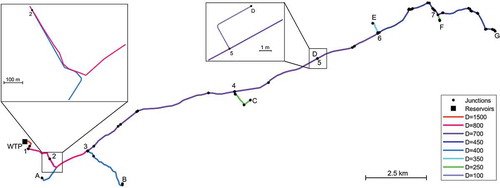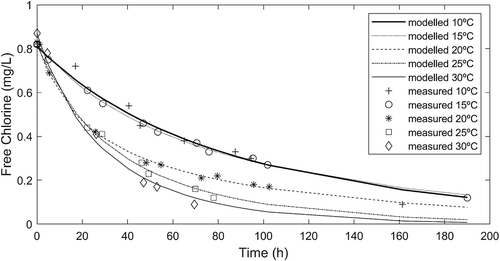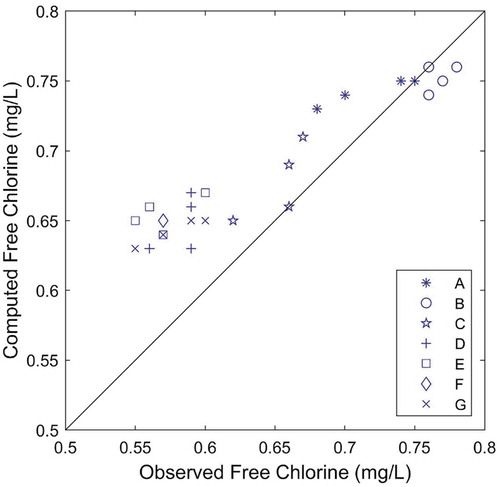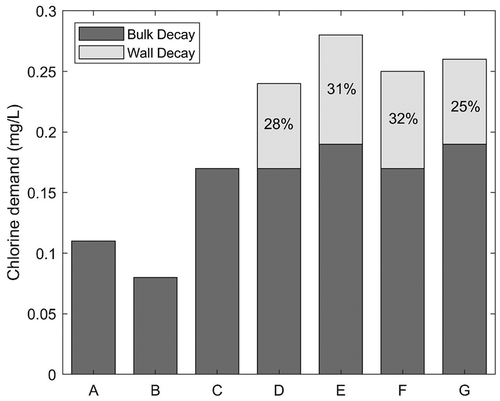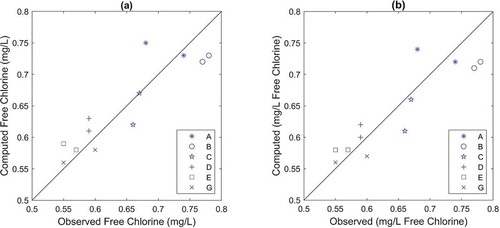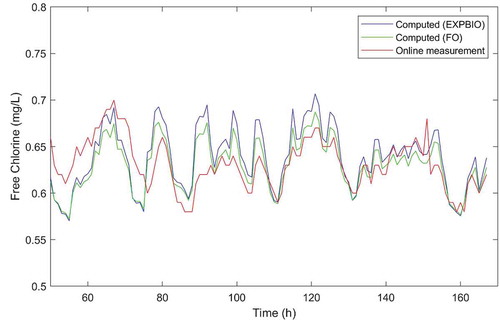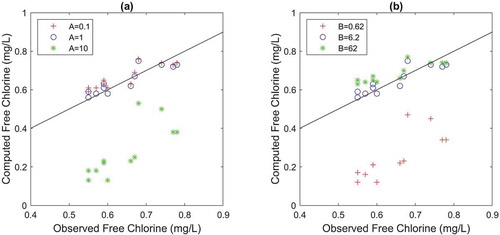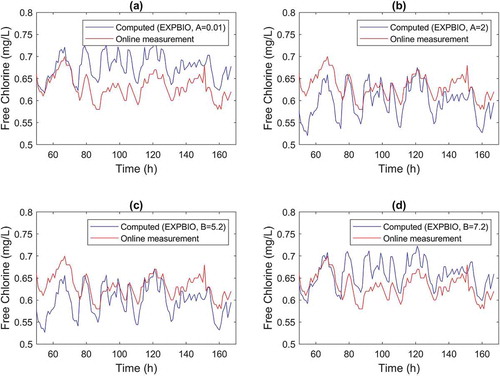Open access
3,912
Views
16
CrossRef citations to date
0
Altmetric
Research Articles
Modelling chlorine wall decay in a full-scale water supply system
Laura MonteiroCERIS, Instituto Superior Técnico, Universidade de Lisboa, Lisboa, PortugalCorrespondence[email protected]
 https://orcid.org/0000-0001-5232-2018View further author information
https://orcid.org/0000-0001-5232-2018View further author information
Joana CarneiroCERIS, Instituto Superior Técnico, Universidade de Lisboa, Lisboa, PortugalView further author information
& Dídia I.C. CovasCERIS, Instituto Superior Técnico, Universidade de Lisboa, Lisboa, Portugal https://orcid.org/0000-0001-6901-4767View further author information
https://orcid.org/0000-0001-6901-4767View further author information
Pages 754-762
|
Received 13 Dec 2019, Accepted 28 Jul 2020, Published online: 17 Aug 2020
Related research
People also read lists articles that other readers of this article have read.
Recommended articles lists articles that we recommend and is powered by our AI driven recommendation engine.
Cited by lists all citing articles based on Crossref citations.
Articles with the Crossref icon will open in a new tab.

